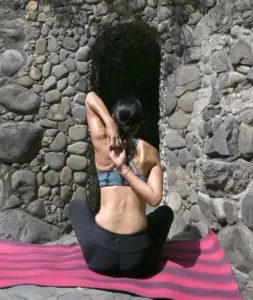
Pregnancy is a transformative time that brings physical and emotional changes. Practicing mindfulness during pregnancy can be beneficial for maintaining overall health, reducing stress, and preparing the body for childbirth. Mindful-based practices offer gentle movements, breathing techniques, and relaxation practices that support both the mother and baby, promoting well-being throughout pregnancy and beyond.
Benefits of Mindfulness for Pregnancy:
Considerations before Starting:
Mindful Poses for Pregnancy:
Breathing Exercises for Pregnancy:
Mindful Practice for Pregnancy:
Summary with Tips:
By practicing mindfulness during pregnancy, you can nurture both your body and mind, supporting overall health and well-being throughout this transformative time. Mindful-based practices offer a holistic approach to staying active, reducing stress, and preparing for childbirth, promoting a positive pregnancy experience.

GoInwards is an IRS 501(c)(3) Non-Governmental Organization (NGO), chartered to advance wellness through integrative health related awareness, prevention, intervention, and resilience-based educational programs.
FEIN 90-0609802